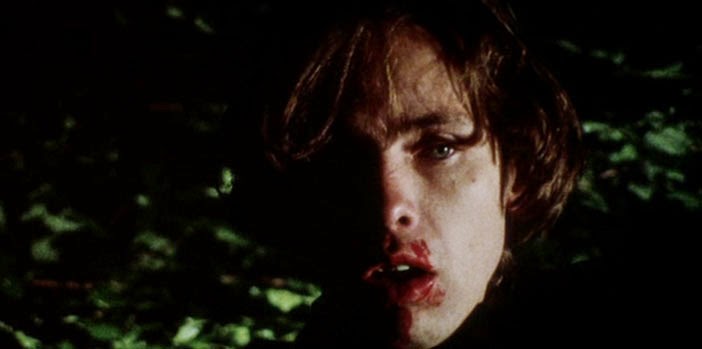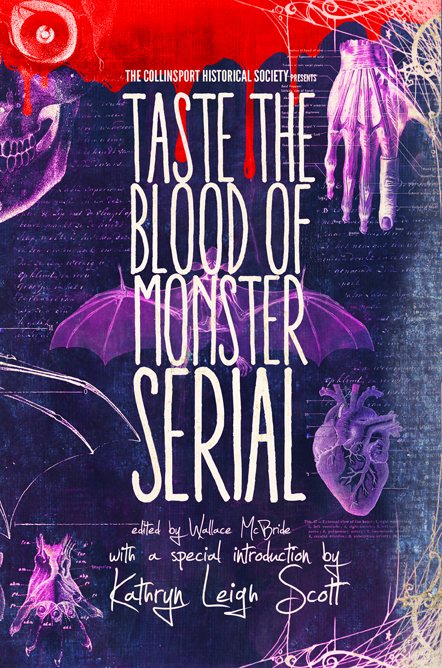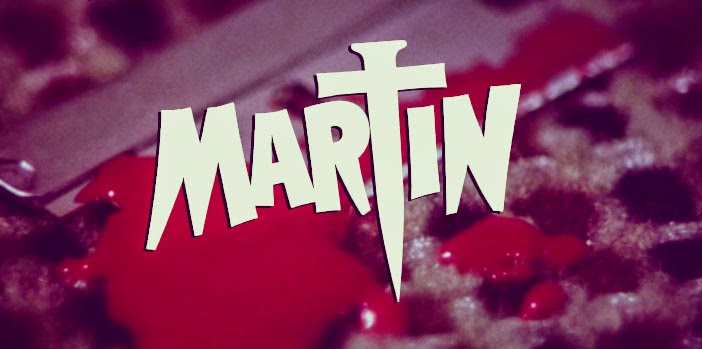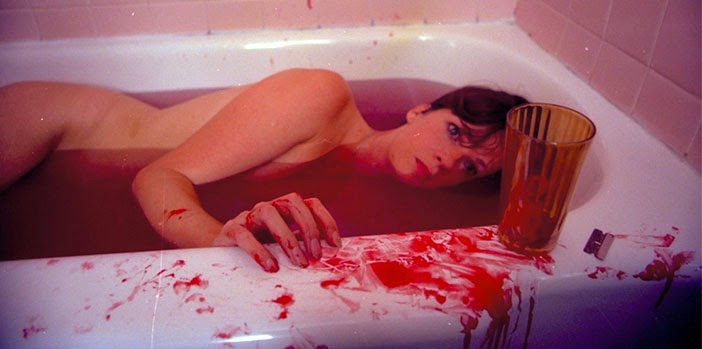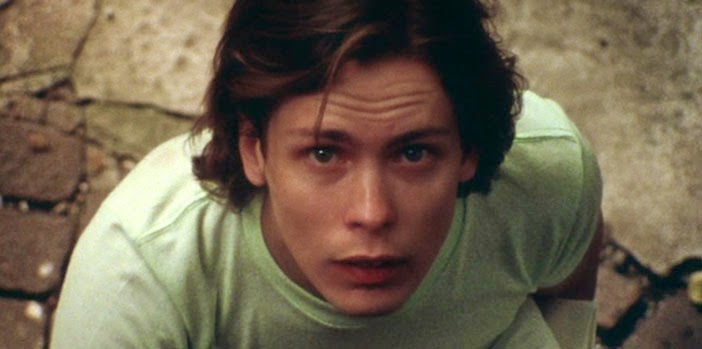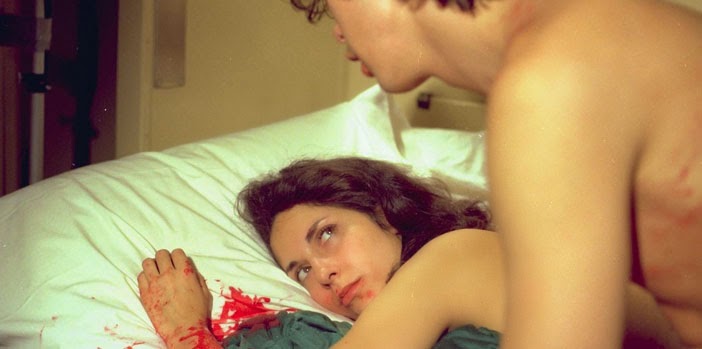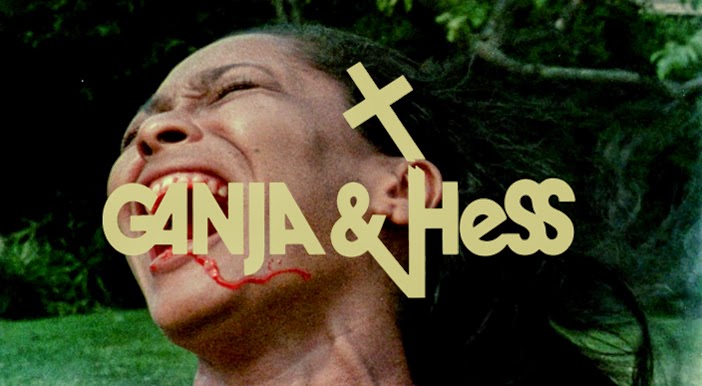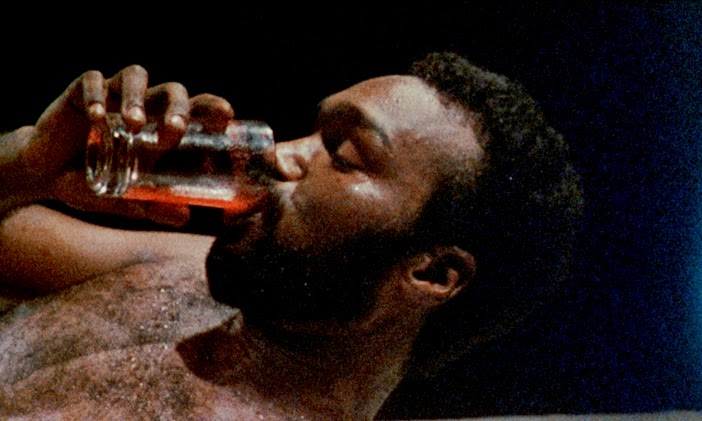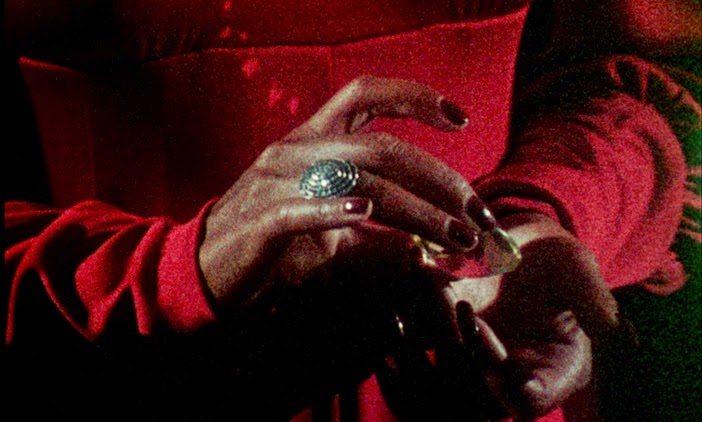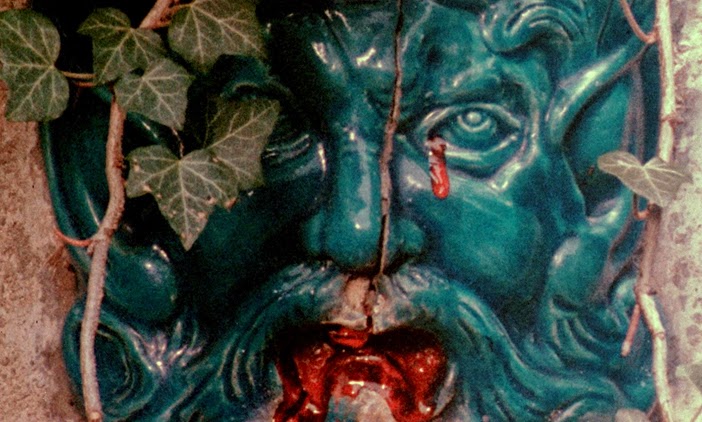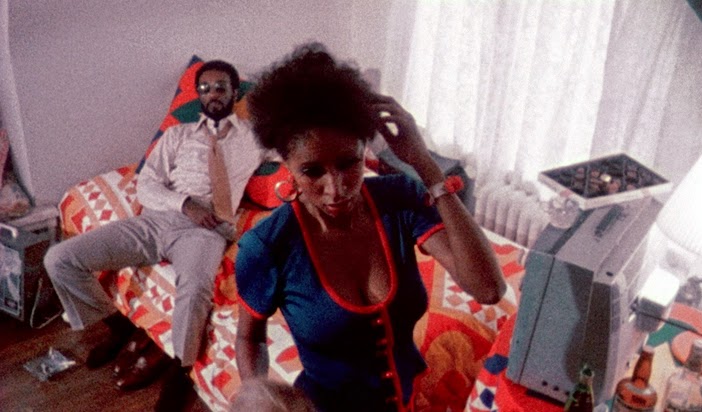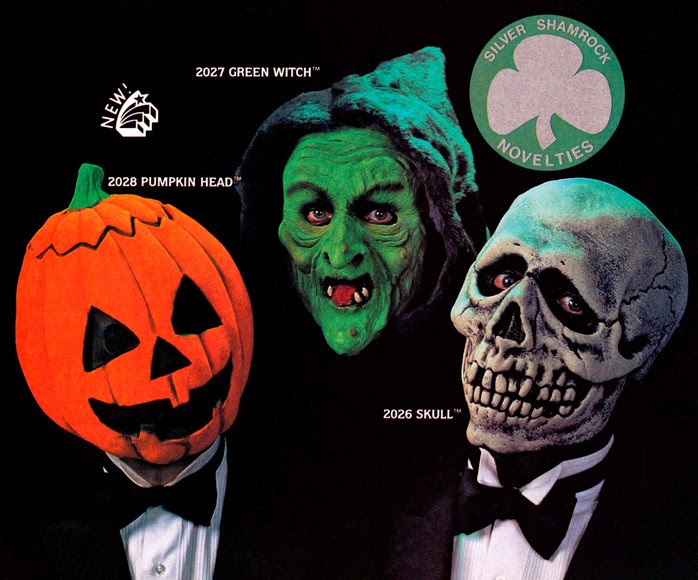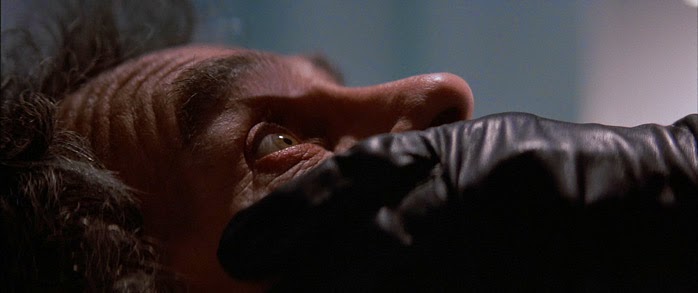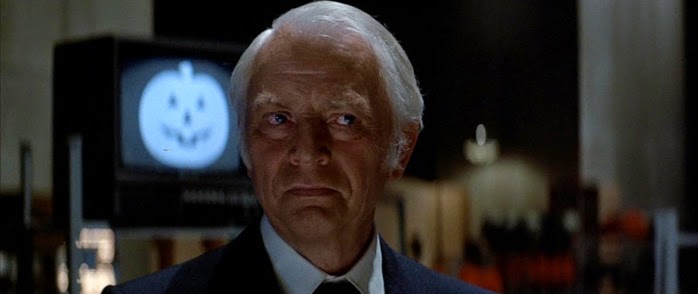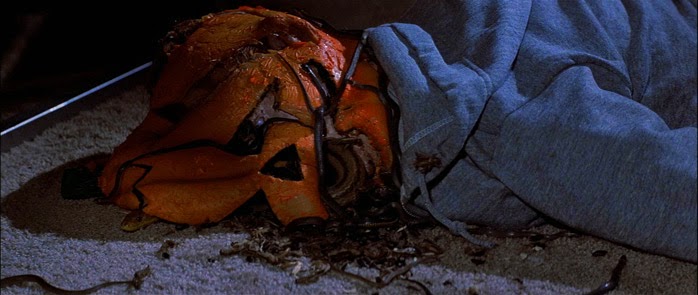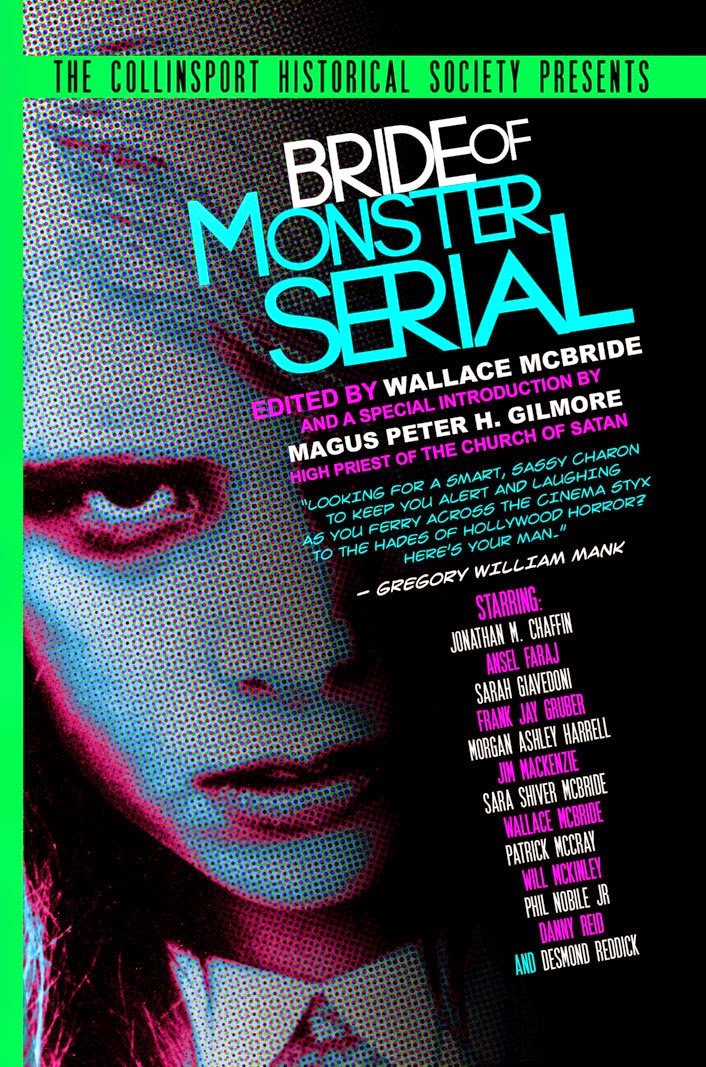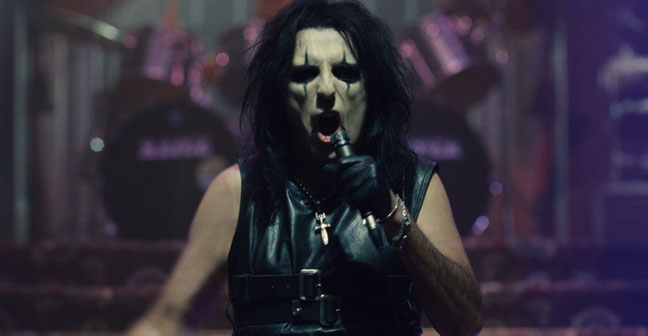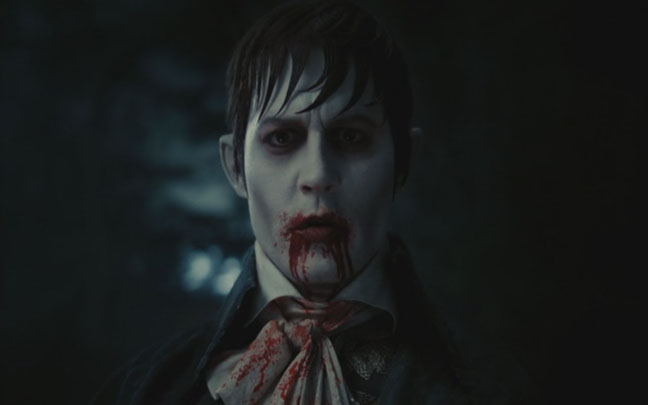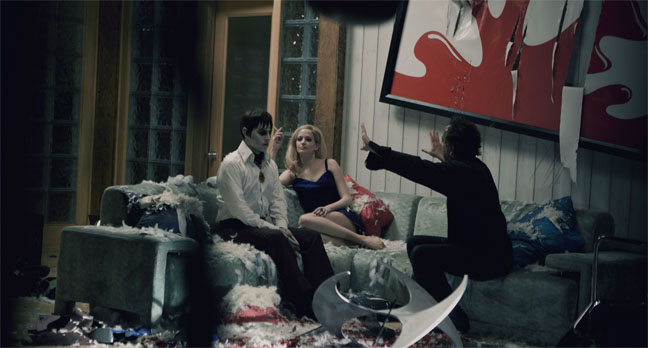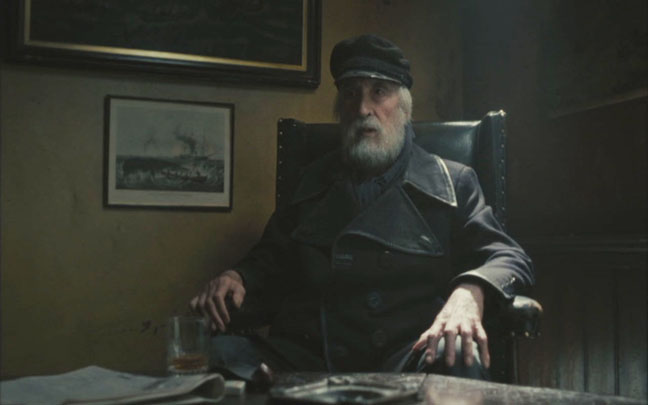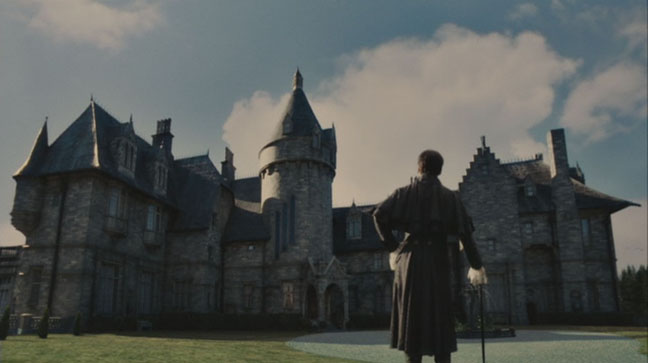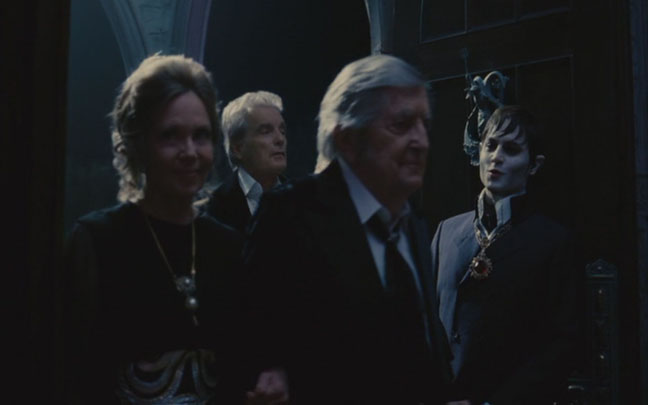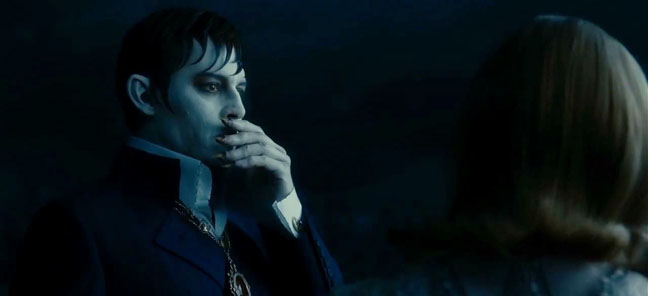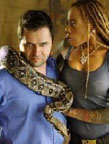Cousin Barnabas here.
It’s not exactly a secret I didn’t much care for Tim
Burton’s take on DARK SHADOWS. I’m not sure many people did, but my evidence
for such a claim is anecdotal. If you
take a look at Tumblr, you’ll see the movie certainly has its fans, even if the
demographics have little in common with the older fanbase. There's a very clear
schism between these two groups, a valley dug, in part, by older fans as an
effort to keep younger audiences from usurping their beloved property and
transforming the brand into a Hot Topic fashion accessory.
I’ve tried to rein in the bile on this site since the
movie's release. My feelings about it have softened during the last few months,
probably because I haven’t seen the film since May and tend to remember the parts of it that I liked. It had a tremendous sense of visual style (a Tim
Burton hallmark) and a great cast, but the script was a trainwreck of Irwin
Allen proportions (another Tim Burton trademark.)
But, it was still DARK SHADOWS. Johnny Depp clearly loved
Jonathan Frid’s performance and has spoken often of the show over the years, so
I refuse to interpret the movie’s shortcomings as a vendetta against the
original program. It was misguided, sure, but Burton has proven repeatedly that
he can’t tell a good script (Ed Wood) from a bad one (Planet of the Apes, Alice
in Wonderland, Batman, The Corpse Bride, etc.) If he were interested in
intentionally damaging DARK SHADOWS he wouldn’t know where to begin.
So, with that in mind, I thought the DVD release of DARK
SHADOWS was the perfect opportunity to revisit the film. Did we sell it short
on its theatrical release? Were fans too angry about the final product, and
would the fanbase have spewed bile over all things Depp/Burton no matter WHAT
the final movie looked like? These things are worth talking about. And, because
the cops usually get involved whenever I talk to myself in public, I decided
to invite some friends to the discussion. Joining me in this group column are
writers/raconteurs Phil Nobile Jr.,
Will McKinley and Plucky McFeatherton.
Now that you’ve had a chance to revisit DARK SHADOWS, what
did you think?
WILL McKINLEY
I tried to give this movie the benefit of the doubt. I've
seen it three times now, and each time I like it less. This last time, on
Blu-ray, I found it infuriating. It's just a complete and utter failure.
PLUCKY MCFEATHERTON
Same here. I was positively beside myself when I realized
that Tim Burton and Seth Grahame-Smith had turned Dr. Julia into a doughy
alcoholic. I know for a fact that Helena Bohnam Carter has a bangin' figure, so
why they elected to have her don mu-mu's and down play her very Grayson
Hall-esqu check bones is beyond me.
Also, did anyone else laugh out loud at "GO... WATCH...
THE COOPER... WOMAN"? Easily the funniest line in the movie.
PHIL NOBILE JR.
I did like that line.
Here's the problem with adapting DARK SHADOWS: The story is the least original
thing about it. Barnabas chasing a reincarnated Josette? Right out of Karloff's
THE MUMMY. Yet each time they re-adapt the show, they just copy that same
story, over and over. You get the sense that Smith was sent a highlights reel
by Jim Pierson, or maybe watched two weeks of show, and was off to the races.
What I'd hoped for, and which threatened to happen for about ten seconds in the
film, was a love letter to the crazy tone of the show. Instead the movie was
essentially tone-deaf, jumping from scene to scene, skimming the surface, with
bits of interesting things always threatening to happen, but never taking
shape. The film keeps flirting with themes of "family" but Barnabas
never connects (in the 18th century or the 20th) with anyone in the family. Or
his love interest. Or us.
COUSIN BARNABAS
I missed the "Cooper Woman" line during my first screening (it was probably
drowned out by the sound of my breaking heart) but it was easily the best laugh
of the film. It's worth pointing out that I passed up a chance to see LAWRENCE
OF ARABIA on the big screen last night so that I could watch DARK SHADOWS again in
preparation for this piece. Shouldn't that kind of decision cost me my right to
vote or something?
The last time I saw the movie was at the midnight showing
during the film's theatrical release. I've been bombarded with photos and memes
via Tumblr during the last few months and was starting to think the film's
flaws were my imagination. But the movie was actually worse than I remembered
it. The script lacks anything resembling a narrative focus, plot, etc. Ideas
are constantly thrown at the screen and immediately forgotten, but the entire
project is crippled by Tim Burton's lack of interest in the movie's romance.
Victoria Winters disappears during the last 45 minutes of the film, and then
brought back in an "Oh shit, we totally forgot about her!" moment.
It's like the entire movie was a protracted last-minute reshoot.
PLUCKY MCFEATHERTON
You passed up digitally remastered Lawrence of Arabia for
"boldly re-imagined in the hackneyed Tim Burton style that is neither bold
nor re-imagined" Dark Shadows? I DON'T EVEN KNOW YOU RIGHT NOW.
Tim Burton put more effort into the totally gross
monster-sex between Barnabas and fork-tongued uber-bitch Angelique than he did
the budding (and also kind of gross in its own way) romance between Barnabas
and Vicky (who is actually Maggie, which is a problem that will never actually
be addressed in the film so why even bother?)
Also, Julia fellating Barnabas: WHO YOU FINNA TRY MR.
BURTON?
WILL McKINLEY
Honestly, I don't care what the funniest line in the movie
is. I don't watch DARK SHADOWS for funny lines.
And that storyline with Julia felt like it was conceived on
a 10-minute conference call. "Instead of her trying to cure him, why not
make it that she's trying to cure herself of aging. Because, you know, women
hate aging."
PLUCKY MCFEATHERTON
"Women hate aging". Nah Mr. Burton and company.
Women hate being told what they hate.
COUSIN BARNABAS
I watched this with my fiancee last night, who's had to
suffer through the movie twice without any prior devotion to the original
television show. She highlighted a dozen different ideas in the film that were
worth exploring as films, and said she'd love to see a sequel about a love
triangle between Barnabas, Victoria and Julia because they all came upon their
curse in different ways. Barnabas was cursed (though you'd never know it was a
curse by watching this movie,) Victoria was made a vampire to save her life,
while Julia actively SOUGHT IT OUT. There's a story there, but I don't trust
these idiots to find it.
PHIL NOBILE JR.
"Women hate aging", and this movie HATES women! Russ Fischer at Slashfilm
has an interesting take: this is Tim Burton's movie about his breakup with Lisa
Marie. I hate to think that Burton spent $200 million slamming a woman who now
charges $20 an autograph at horror conventions, but there's definitely a big,
uncomfortable, half-baked "bitches be crazy" subtext running through
this whole movie.
I have a friend who's never seen the show, and in twenty seconds he came up
with a more interesting take for the film:
"It COULD have been a pretty good Burton-movie if it had been about
Barnabas slowly discovering (with his comedy sidekick Willie) his family
members' secrets, gaining their trust, slowly becoming their friend, leading up
to the big fight at the end where everyone uses their powers in sync and OMG
THEY'RE A REAL FAMILY NOW.
"The boy and his ghost mother? Barnabas should have IMMEDIATELY bought
into that and gone to investigate. Chloe-wolf? Have Pfeiffer say she's going
through changes and Barnabas IMMEDIATELY assumes it's lycanthropy because his
mind is in 1780s mode.
"There'd be MOMENTUM! How unheard of!
"Instead nope everybody just walks around being miserable and then CGI
fight scene the end."
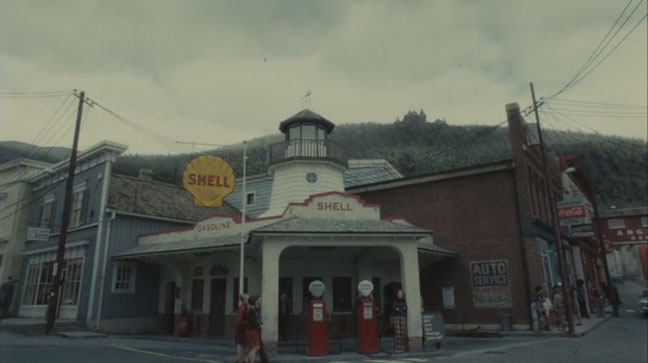
WILL McKINLEY
For you guys who saw it in the movie theater (all of us?),
did you have any walk-outs? When I saw it on opening night at midnight, there
were too few people to walk out. If anyone had walked out it would have left me
alone in a 200-seat theater. But when I went the next night, there were at
least three couples who left. Now, I understand people do that in multiplexes,
because they can just walk into another film. But I can't remember the last
movie I thought was bad enough to walk out on.
PHIL NOBILE JR.
I was at a press screening; a walkout would have been hilarious. For this
conversation I watched it again and nodded off after 20 minutes, if that
counts.
PLUCKY MCFEATHERTON
No walk-outs, just a very nearly empty movie theater. Me and
a bunch of teenage girls. I think the tragedy of Dark Shadows as a Tim Burton
fustercluck was lost on them.
COUSIN BARNABAS
I didn't see any walkouts, either. I was at a midnight
screening, and the kind of people who show up to a movie at midnight on
Thursday are pretty much committed to the experience, good or bad.
Then again, I didn't see any walkouts during BATMAN AND
ROBIN, either, and that movie is still my personal gold standard for bad movie
experiences.
WILL McKINLEY
DARK SHADOWS makes BATMAN AND ROBIN look like CITIZEN KANE.
COUSIN BARNABAS
I don't know about that ... I still suffer from PTSD from BATMAN AND ROBIN.
Ice-related puns send me into convulsions and I often wake up screaming from
nightmares about that fucking Batman credit card.
But I digress.
The Barnabas/Angelique sex scene is pretty much the apex of
the movie's problem: Neither character has defined powers. Barnabas is 21st
Century vampire, which pretty much makes him Superman, while Angelique can do
anything she wants, whenever she wants. She needs a forked tongue for the sake
of a joke? Done. She's survived 200 years without explanation? Fine. She can
bring furniture to life with the flick of her wrist? Whatever.
She's a walking "deus ex machina" character, which goes a long way
toward explaining the movie's deus ex machina ending ... it was the only thing
that could stop an unstoppable character.
Also, was there some kind of relationship between Angelique and Collinwood? She
seemed to get injured whenever the property took damage, but it was never
addressed.
PLUCKY MCFEATHERTON
There was definitely something about the way the film was
edited that gave it an unfinished feel, as if the original script (and I guess
the movie as it was originally filmed) was much more complex, more dynamic, and
maybe didn't move at a breakneck pace.
I've always gotten the sense that Tim Burton likes to coat
Johnny Depp in layers and layers of makeup to somehow compensate for the fact
that he essentially plays the same character in every film in the Tim Burton
universe. The facial expressions and mannerisms will always be the same, and
only the look of the character changes. I didn't get a sense go Jonathan Frid
at all from Johnny Depp's Barnabas. It made me miss the REAL Barnabas Collins.
PHIL NOBILE JR
Over and over I keep coming back to the script as the
culprit. I love the series but I didn't expect reverence. I would have LOVED a comedic take that was
actually funny. But the humor was just lazy, and kept relying on obvious
montages of Rip Van Winkle jokes. Three montages? Four? That got old fast. The
approach didn't bother me, the changes didn't bother me, but goddamn it,
Smith's ability to mix horror and humor apparently ends at title mash-ups.
COUSIN BARNABAS
That's the downside to playing an homage: You're constantly
reminding the audience of the OTHER guy. I didn't much like the new STAR TREK
movie (though I didn't hate it) and one of the smart decisions they made was to
avoid having Chris Pine do a William Shatner impersonation. The most flattering
thing I could say about ST is that it was a deft piece of commercial cinema,
which is a meager accomplishment that DARK SHADOWS didn't manage.
PLUCKY MCFEATHERTON
I can go with you on this one. It would have been unsettling
to see Johnny Depp channeling Jonathan Frid. Unfortunately his only other
option was to combine Edward Scissorhands and Jack Sparrow.
WILL McKINLEY
Johnny Depp IS channeling Jonathan Frid. Everything about
his performance is based upon Frid, including inflection and the way he moves
his head when he speaks. His Barnabas is a DIRECT homage, which is why it's so
disconcerting to see him in the middle of this dreck.
COUSIN BARNABAS
I think Depp and Michelle Pfeiffer are the two saving graces
of this film, even though they aren’t given much to do. My favorite bit of
acting in the entire movie is by Depp, just as Dr. Hoffman is preparing to
hypnotize him. In that moment he feels like a real character and not just a
collection of quirks. Depp certainly meant well, but his trust in Burton was
misguided.
PLUCKY MCFEATHERTON
Johnny Depp SAYS he's channeling Frid, but I don't see it.
Granted, it could be that I'm looking for something else familiar from Frid's
Barnabas, something that I noticed personally that I'm not seeing in Depp's
performance that's throwing me off, but I just can't go with you on this one.
Maybe I can't see it because on the whole, the movie is so
far divorced from Dark Shadows as we know it that it's hard to place a familiar
Barnabas in an unfamiliar Burton-tacular landscape.
PHIL NOBILE JR
That was the biggest misstep in tone. The series lives in
this hermetically sealed bubble; I'm pretty sure I never even saw a TV on the
show. But for easy jokes Burton has immersed Collinsport in pop culture -
books, music, television. It takes away from what made the show unique and adds
virtually nothing.
COUSIN BARNABAS
The reason Barnabas was able to survive on the original show was because he had a profound lack of curiosity about the outside world. He lived like a ghost, haunting the "old house" and rarely ventured out beyond Collinwood. He didn't care about telephones, pop culture, television, etc. He had about as much use for that stuff as my grandfather has for Twitter, which is none at all. On the original show, it was still a BAD THING to be a vampire.
PLUCKY MCFEATHERTON
Yeah guys, I'm coming with you on this one. Just watched
Johnny Depp's Barnabas back to back with Jonathan Frid's on Ye Olde YouTube. He
just looks like Johnny Depp playing Johnny Depp to me.
COUSIN BARNABAS
I know people are getting tired of Johnny Depp, but I still
like the guy. I think there's more going on with his characters than
"just" playing chalk-faced weirdos, and I'm not holding a grudge for
SHADOWS. It's just one more well-intended misfire from Burton, who is an
amazing production designer that's paid tons of cash to be a storyteller. If I
paid the David Bowie to fix my plumbing, I'd only have myself to blame when he
fucked it up.
Has anyone seen any new fans sign up because of this film? I
think the anticipation of the film generated a lot of new SHADOWS fans, but the
actual film hasn't done much for the brand. I don't know if you noticed, but
the back of the DVD/Blu makes no reference to the TV show.
PLUCKY MCFEATHERTON
I tried enticing my little sisters (12 & 14) but it's
hard to get anyone under 25 to sit still not just for Dark Shadows, but for
anything that doesn't offer constant action. Granted, the series gets less
creeping in its pace as it moves forward (and, y'know, backwards) but initially
winced every time my siblings deferred to their smartphones for entertainment
during their introduction to Dark Shadows.
WILL McKINLEY
One more thing. What pushed me over the edge, I think, were
the "special features" on the Blu-ray. There are NINE little
behind-the-scenes packages that were shot and edited specifically for this
release. NOT ONE of them is about the original series. NOT ONE of them is a
tribute to Jonathan Frid, without whom none of this would be happening.
When Frid died so close to the movie's release, my first
thought was, "Well, it's too late to dedicate the film to him. But I'm
sure they'll do something on the DVD." Nothing. His face appears for ONE
SECOND in one of the special features, along with a shot of the logo and Lara
Parker. They don't even reference him by name. And here are the soundbites from
the special feature that the images are meant to support:
Derek Frey, Associate Producer: "The television show
was trying to pull off things that maybe it didn't have the budget or the means
to."
Johnny Depp: "'Dark Shadows' the series did it well
within whatever restrictions they had. But it was time to take it to another
level."
Derek Frey, Associate Producer: "Were able to tell the
DS story with a much grander scope, on a bigger scale."
So, they only reference the source material to point out how
flawed it is, to damn it with faint praise?
These people did not come up with "Dark Shadows."
Art Wallace, Gordon Russell, Ron Sproat, Sam Hall and Dan Curtis did. Burton
and Seth Grahame-Smith just remixed it. And they did a shitty job. And there
are no acknowledgements to the people that created this, other than Dan Curtis.
This is unforgivable.
COUSIN BARNABAS
Uh, yeah ... I don't think it's a good idea for me to watch
those features. It might prompt some kind of Hulk-related incident here in
South Carolina.
WILL McKINLEY
FUCK ALL THOSE BITCHES.
PLUCKY MCFEATHERTON
As a Dark Shadows fan, I really only had one humble wish in
the months leading up to the premier of Tim Burton's Dark Shadows movie: Just
don't fuck it up. Jesus, Mary, Joseph and the donkey, just don't fuck it up.
Unfortunately Tim Burton and Seth Grahame-Won't-Be-Working-Year-From-Now
remained loyal to the source material only in the sense that they didn't change
the name to Technicolor 1970's Vampire Romance (But Not Really, You Guys)
Extravaganza!
Dark Shadows was terrible. It was terrible in a laughable,
MST3K-worthy way and it was terrible in a way that elicited a collective groan
from a deeply emotionally invested fan base who was genuinely hoping for a DS
movie that wouldn't fall squarely with in the realm of Things That Are
Craptacular That We Wish We Could Forget.
It was clear before Dark Shadows was released that with the
notable exceptions of Michelle Pfeiffer and Johnny Depp, no ones heart was in
the right place going in to this film and that's super unfortunate, because
what ended up in theaters was a movie where the director, producer, and writer
were clearly in on the joke and the two principle players, the ones old enough
to remember getting REALLY TEEN-ANGSTY EXCITED about Dark Shadows back when
vampires were still Bela Legosi in a cape, weren't in on it at all.
And that just sucks.
Sometimes being a DS fan is like watching your teddy bear
(or applicable favorite childhood plush) get repeatedly run over by a pick up
truck in slow motion while Tim Burton films it with a steady cam.
PHIL NOBILE JR.
Making Barnabas just a visibly obvious vampire really killed
the other great subtext of the series - of the lonely "bachelor"
living with a secret, and honestly just about every decision they made
confirmed to me that I was right way back when:
http://badassdigest.com/2010/12/14/terror-tuesday-how-burtons-dark-shadows-could-be-great-but-wont-be/
ABOUT THE AUTHORS: I'm not going to try to summarize the credits of the contributing writers for this piece because I'll leave out something important. But, if you want to read more from these folks, here are some good places to start:
PHIL NOBILE JR.
Twitter
Badass Digest
 WILL McKINLEY
WILL McKINLEY
Twitter
 PLUCKY MCFEATHERTON
PLUCKY MCFEATHERTON
Twitter
Plucky Chicken
